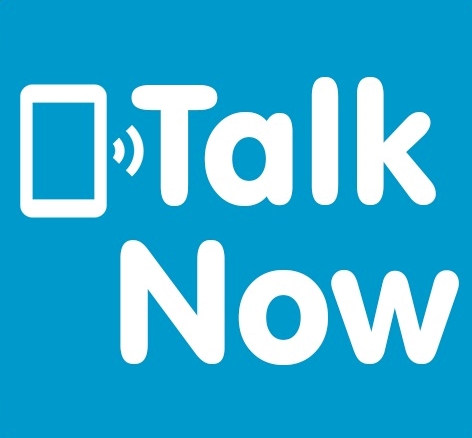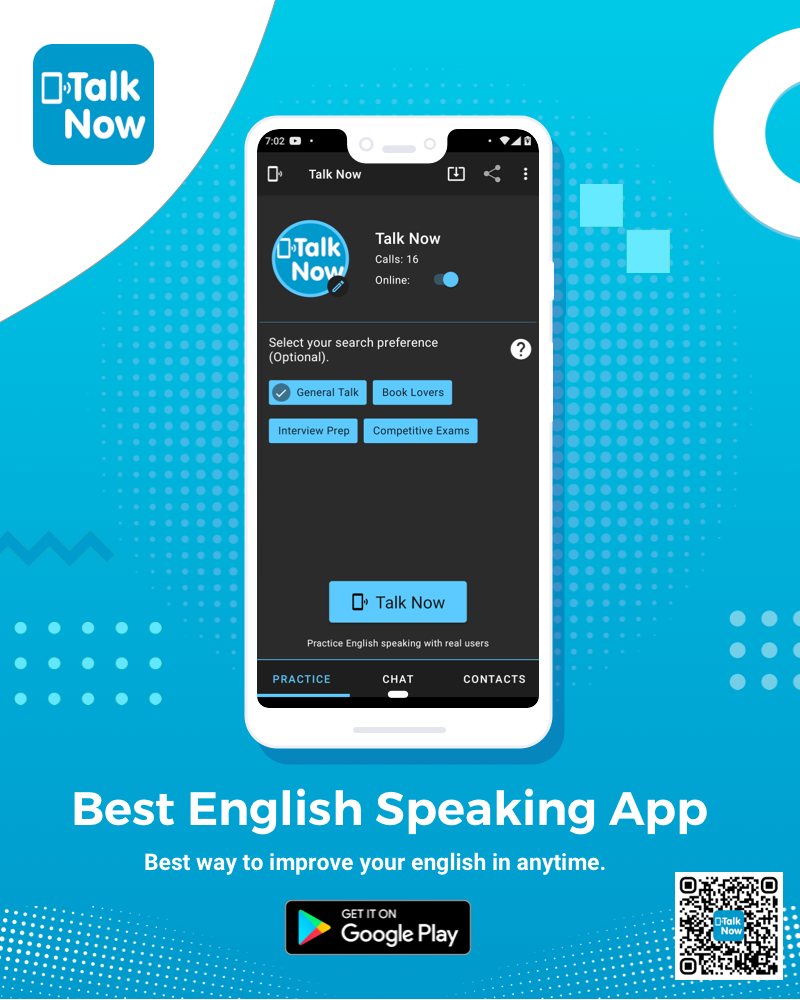Over here, let’s take a look at homophones and commonly confused homophones. Homophones are words that are pronounced in the same way but have different meanings. There are times when they are spelled in the same way but there are times where they aren’t! Not every homophone is the same!

Here are the 4 types of Homophones!
Homonyms: Two words that sound the same but have different spellings and meaning are called Homonyms. For example, ‘not’ and ‘knot’ functions homonyms as well as homophones.
Heterographs: Words that have different spellings, but they have the same pronunciation are known as Heterographs. Like the words “piece” and “peace” are pronounced in the same way but have different spellings and meanings.
Heteronyms: Words that have same spelling but have different pronunciations are called Heteronyms. For example, “Lead the group” and “Pencils are made up of lead.”
Synophones: The words that sound almost the same but have different meanings are called Synophones. Examples of synophones are Inquiry and enquiry.
Being different, homophones sound the same. This is the main reason why English learners get confused.
Here is a list of commonly confused homophones,
- Then/than
- To/too/two
- There/their/they’re
- Your/you’re
- Affect/effect
- Whether/weather/wether
- Brake/break
- Principal/principle
- Program/programme
- Week/weak
- Waste/waist
- Bear/bare
- Be/bee
- Whole/hole















